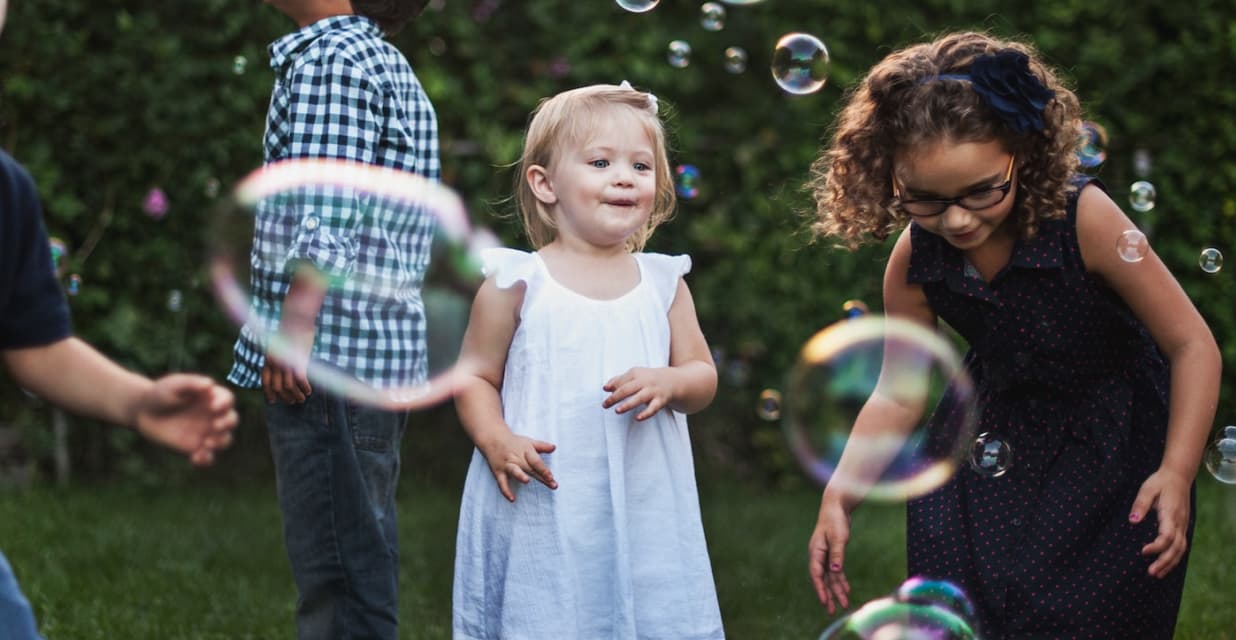Summer is here and what better way to spend it than playing outside! Studies have shown that being outdoors promotes mental wellness; therefore, not only will your child benefit from being outdoors, but so can the whole family. Outdoor play can be anywhere from the backyard, your neighborhood park, the beach or a hiking trail. Summer also means school is out and your child might have some extra energy to burn. This is the perfect time to plan an activity incorporating all of the eight senses that your child may be working on during their occupational therapy sessions.
Eight senses:
- Auditory: how we process sounds
- Gustatory: how we process taste
- Interoception: how we process what we feel within our body (hunger, toileting, stomach ache)
- Olfactory: how we process smell
- Proprioception: how we process where our body is in space
- Tactile: how we process touch
- Vestibular: how we process movement and balance
- Visual: how we process what we see
Let’s go to the beach:
- Tactile play/fine motor skills – Building a sand castle
- Hand strength/grading of force – carrying a bucket of water, digging a hole in the sand
- Visual scanning – Looking for seashells or rocks
- Proprioceptive Input – Getting buried in the sand or running with the waves
- Body/Safety awareness – Being aware of their surroundings and not wandering too far
- Auditory – listening to the sounds of the waves
Let’s go on a nature walk:
- Proprioceptive/vestibular input – walking up a hill or steep incline, safely balancing on a tree stump
- Visual scanning – I spy a/some….
- Tactile play – picking up different leaves and flowers
- Auditory – listening to the sound of birds
- Olfactory – smelling flowers
Let’s go to the park:
- Vestibular input – Going down the slide and swinging
- Proprioceptive input/motor planning – climbing up the play structure
- Visual scanning – I spy a/some…
- Tactile: playing in the sand box
Let’s play in the backyard:
- Tactile/fine motor skills – water play: filling up containers to pour and scoop water
- Vestibular input – Setting up a little obstacle course to climb, crawl, and jump to get from one end to another
- Proprioceptive input/motor planning: animal walks around the backyard
- Visual motor skills – drawing on the sidewalk with chalk
All of these examples will not only target the eight senses but it can also work on core and upper body strengthening, motor coordination, sequencing, endurance, self-regulation, social skills and building your child’s confidence to navigate their natural environment. Children learn more about themselves via play and can become more aware of their surroundings when playing outside. Studies have shown that there has been a decrease in outside play due to screen time and busy school schedules with extracurricular activities. Being around green plants and play yards reduce children’s stress levels; the natural space and surroundings can stimulate a child’s imagination and creativity. While playing outside, children can also benefit from natural sunlight, fresh and natural elements that contribute to bone development, a stronger immune system and physical activity. Green outdoor environments also promote improved attention and mental well-being.
June is safety awareness month and with outdoor play, it is important that your child also learns to be aware of their surroundings and their peers. You can practice having your child safely navigate their environment and provide verbal cues to stay within safe boundaries. You can initiate outdoor play in a smaller space before moving into a large space to practice safety. Although you want your child to engage in free play outside, it is important to create rules, safe zones and buddy systems. Remember to explore, have fun, let your child get dirty and enjoy the outdoors!
Monica Kem, M.S. OTR/L, SWC
